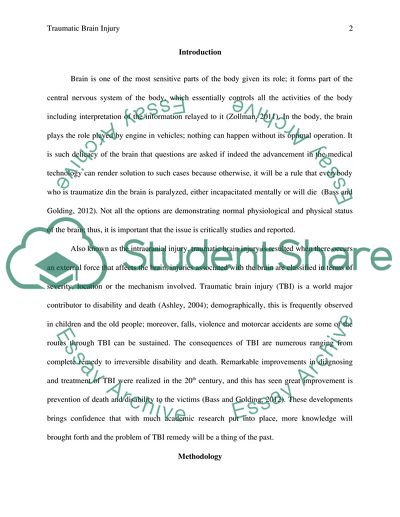Cite this document
(Can Medical Technology Reverse the Effects of Traumatic Brain Injuries Research Paper, n.d.)
Can Medical Technology Reverse the Effects of Traumatic Brain Injuries Research Paper. Retrieved from https://studentshare.org/medical-science/1793099-can-medical-technology-reverse-the-effects-of-traumatic-brain-injuries
Can Medical Technology Reverse the Effects of Traumatic Brain Injuries Research Paper. Retrieved from https://studentshare.org/medical-science/1793099-can-medical-technology-reverse-the-effects-of-traumatic-brain-injuries
(Can Medical Technology Reverse the Effects of Traumatic Brain Injuries Research Paper)
Can Medical Technology Reverse the Effects of Traumatic Brain Injuries Research Paper. https://studentshare.org/medical-science/1793099-can-medical-technology-reverse-the-effects-of-traumatic-brain-injuries.
Can Medical Technology Reverse the Effects of Traumatic Brain Injuries Research Paper. https://studentshare.org/medical-science/1793099-can-medical-technology-reverse-the-effects-of-traumatic-brain-injuries.
“Can Medical Technology Reverse the Effects of Traumatic Brain Injuries Research Paper”, n.d. https://studentshare.org/medical-science/1793099-can-medical-technology-reverse-the-effects-of-traumatic-brain-injuries.


